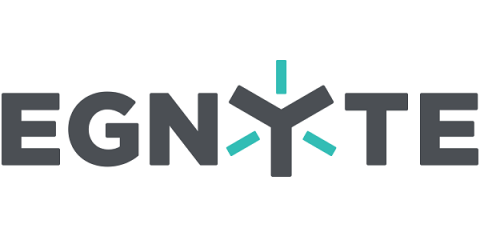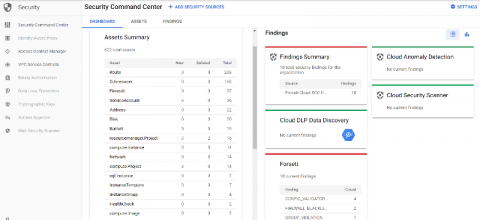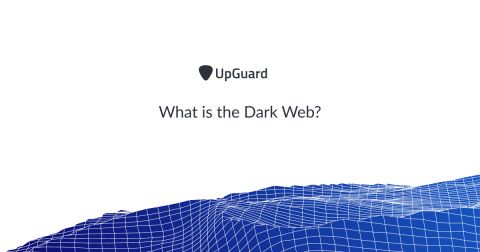Concerns and Challenges for Effective Cloud Security
In July 2019, Capital One made news headlines not for achieving another milestone but because it had been breached. Capital One was using AWS cloud services, as many businesses are doing nowadays. The problem stemmed (in part) because Capital One had a misconfigured open-source Web Application Firewall (WAF) hosted in the cloud with Amazon Web Services (AWS).







